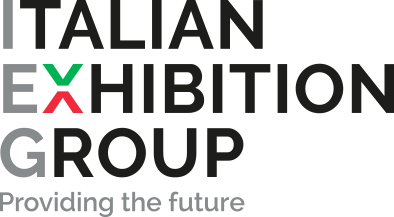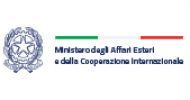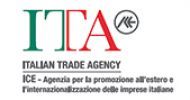Confartigiartianato on exports in the Italian gold districts
According to data recorded in the first quarter of 2018, Arezzo is behind Valenza Po. National exports increased by 4% compared to 2017

During the first quarter of 2018, global demand for gold and jewellery recorded a drop of one percent compared to the same period in 2017. These are the World Gold Council’s data, highlighted by the focus on exports presented by Confartigianato.
However, despite the weakness in global jewellery demand, Italian sector exports – in monetary terms – showed a positive trend compared to the first 3 months of 2017 registering a growth of about 4%. This increase is even more significant in light of the reduction in precious metal shares in Euro (about -5%) and the loss of competitiveness due to the Euro becoming stronger against the dollar.
Moreover, in the Confartigianato study, it can be seen how the growth in national exports conceals very different trends in the main production areas. The Arezzo district recorded a drop in exports of 2.6% while those in Vicenza were down by 4 points. Going against the grain was Valenza Po which settled at +21% thus becoming the number one Italian jewellery-producing district. The main reason is an increase in shipments to large international brand purchasing centres in Switzerland and France.
Observing the trend in the Arezzo district in exporting to the main markets of destination, it can be seen how the United Arab Emirates, although showing a decrease of almost 20 percent compared to the first quarter in 2017, is still at first place in the ranking of Arezzo jewellery export outlets. Exports are in decline towards Hong Kong (-8%), the United States (-13.7%) and Dominican Republic (-7.9%), while they are increasing towards Turkey (+17.4%), France (+13,8%), Panama (+32.2%) and Lebanon (+40.8%).
The trend is stable in regard to the main EU markets with a slight growth in Germany (+1.2%), Spain (+2.4%) and Poland (+ 0.8%) but it goes in the other direction in Great Britain with a loss of 6.2% at the beginning of 2017.













